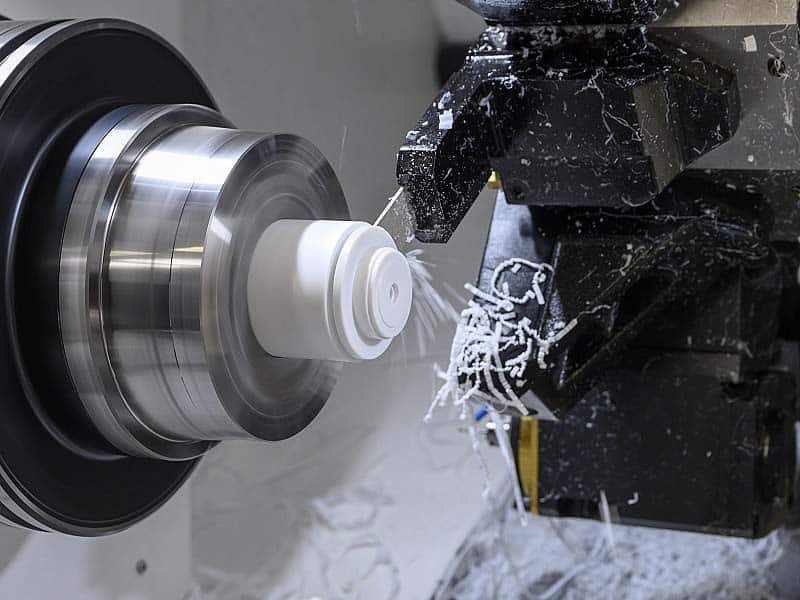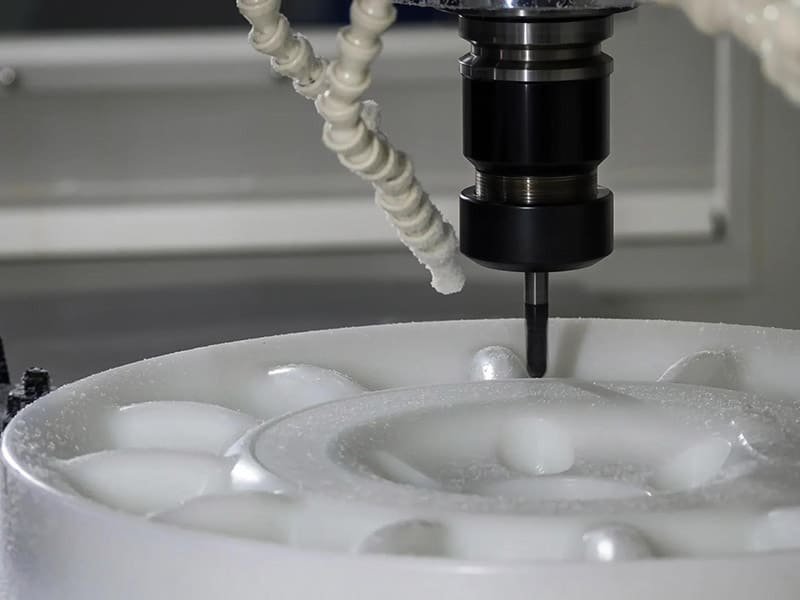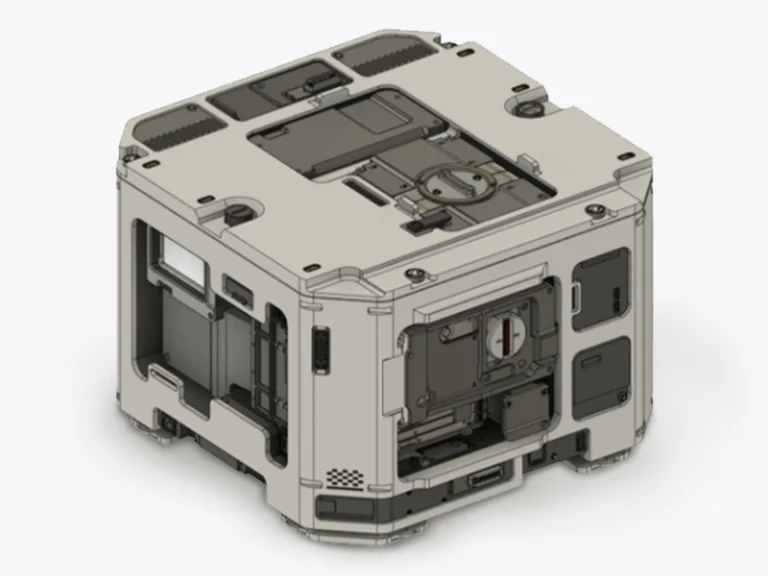Selection plastic materials is crucial for the success of any projectct or product. The selected material directly impacts the product’s performance, durability, cost-effectiveness, and overall quality. An inappropriate choice can lead to issues such as product failure, increased production costs, or regulatory non-compliance. This article can serve as your plastic material selection guide. When selecting plastic materials for your injection molding projects, it’s crucial to consider several key factors to ensure the success and performance of your end product. Here are the top factors to keep in mind:

1. Considering Application Requirements Selection Plastic Materials
Before selecting the plastic materials, it’s important to understand the requirements of your application. Such as the high or low levels of strength, flexibility, or temperature, are the common factors that need to be considered. Because the different plastics have different material properties. Understanding these needs will help you narrow down your material options and find the perfect material for your project. For example, if you’re designing a product that requires high-impact resistance, materials like polycarbonate or ABS may be suitable choices. If you are looking for a material for the car headlight shell. PC plastic is the best material.
2. Evaluating Material Compatibility
Material compatibility is an important factor to consider when selecting a plastic material. Some plastics may not combine well with certain adhesives, paints, or other plastics. For example, when PC is exposed to certain chemicals or solvents, it can be prone to stress cracking. Additionally, interactions with environmental factors, such as UV exposure, humidity, or temperature fluctuations, can exacerbate compatibility issues. It’s also essential to ensure that the chosen material does not react adversely with other components in the application, such as metal fasteners or rubber seals, which could lead to corrosion, degradation, or mechanical failure.
Therefore, thoroughly evaluating material compatibility during the selection process is crucial to avoid potential issues and ensure long-term performance and reliability.
3. Considering Environmental Impact Plastic Materials Selection
It’s increasingly important to consider the environmental impact of the materials you choose. The production process, recyclability, and biodegradability of the material are the factors need to be considered. Such as PP is one of the most eco-friendly plastics because of the recyclable. On the other hand, PVC can release toxic chemicals during production. The manufacturer should try to select environment-friendly plastic if possible.
4. Considering Materials Cost and Availability
Budget is an important factor to consider when selection plastic materials. Some plastics, such as PP, PVC, or ABS are the most cost-effective, but it’s essential to consider the long-term value and potential cost savings of investing in a slightly more expensive material. The cheapest materials may not always be the most suitable material for your project. Striking a balance between cost, availability and performance is important.
In conclusion, while cost and availability are key factors when selecting plastic materials, it’s crucial to evaluate the long-term performance and durability of the material. Opting for a more expensive but higher-performing material may lead to cost savings over time by reducing maintenance, replacement, or performance issues. Balancing these factors ensures both economic efficiency and project success
5. Ensuring Regulatory Compliance
Depending on your industry, there may be specific regulations and standards that your chosen plastic material must comply with. This is particularly important for applications in sensitive areas like food packaging or medical devices. For example, if your product will come into contact with food, it must adhere to strict food safety regulations. Meeting these requirements is crucial to avoid potential legal issues and ensure the safety and quality of your product.
6. Considering Processing Requirements Selection Plastic Materials
How a plastic material is processed can significantly impact its performance and cost. Some materials may require specialized processing techniques, while others may be more versatile. Consider factors such as melting temperature and flow properties to ensure that your chosen material is compatible with your manufacturing process, such as injection molding, compression molding, or blow molding. This knowledge will help you make informed decisions and avoid potential roadblocks during production.
7. Conducting Testing and Validation
It’s always a good idea to conduct testing or simulations to validate the performance of your chosen plastic material under anticipated conditions. The tests may include chemical resistance tests, high or low-temperature resistance tests, manufacturing process tests finishing operations tests, etc. This step can help you identify potential issues before full-scale production begins, saving you time and money in the long run.
8. Consult with Industry Experts Plastic Materials Selection
When you have a new project and have doubts about plastic material selection, consult with industry experts, such as Jiangzhi, to help guide your material selection process. Professional advice can help you choose the most suitable material for your application. Welcome to contact with our experts team and recommendations to your project’s unique requirements.
Common type Plastic Material Selection Properties Chart
| Plastic Type | Density (g/cm³) | Strength | Flexibility | Chemical Resistance | Heat Resistance | Common Uses |
|---|---|---|---|---|---|---|
| Polyethylene (PE) | 0.91 - 0.96 | Medium | High | High | Low | Packaging, bags, toys, furniture |
| Polypropylene (PP) | 0.89 - 0.91 | Medium | Medium | High | High | Food containers, automotive parts, appliances |
| Polyvinyl Chloride (PVC) | 1.30 - 1.45 | High | Low | High | High | Construction materials, electrical cables, plumbing |
| Polystyrene (PS) | 1.04 - 1.06 | Low | Low | Low | Low | Packaging, disposable cups, toys |
| Acrylonitrile Butadiene Styrene (ABS) | 1.03 - 1.06 | High | Medium | Medium | Medium | Automotive parts, electronics, toys |
| Polycarbonate (PC) | 1.20 - 1.22 | High | Low | Medium | High | Safety glasses, automotive parts, electronic housings |
| Nylon (PA) | 1.14 - 1.15 | High | Low | Medium | High | Automotive parts, electrical components, textiles |
Conclusion
When choosing plastic materials, it is important to consider a variety of factors. By fully analyzing performance requirements, environmental impact, cost, processing difficulty and many other factors, you can ensure that the selected materials meet the needs of the specific application, while improving production efficiency and product quality. Choosing the right plastic material can not only optimize product performance, but also reduce production costs, extend service life, and reduce the environmental burden. Hopefully, the eight factors provided in this article will help you make more informed decisions in the material selection process and bring long-term success and benefits to your project.If you have any further questions, please contact us!!!




